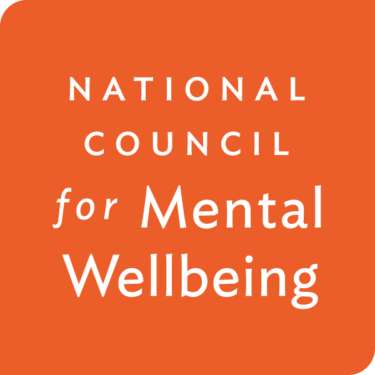Recently, I had the privilege of attending a celebration of the transition of the National Suicide and Crisis Lifeline to 988 and felt a sense of excitement and with a sense of accomplishment. I went to bed contented.
I woke up the next morning, and when I checked out social media, learned that a former colleague and friend had lost his decades-long struggle with depression to suicide. That feeling of contentment that I went to bed with quickly turned to sadness and disbelief. I remembered all the good times we shared, the laughs, the fun experiences. I thought about the year we shared an office and developed a great rapport, and a sixth sense to know when not to enter the office during a tense phone call one of us might be having.
As all of these memories came flooding back, I also realized that I was not only was I sad about this loss, but the reality that this was the third colleague I had lost to suicide. So many lives lost. So many stories cut short. So much potential for good, forfeited.
As I look forward, I am still filled with hope and with a renewed sense of determination. And I am more confident than ever that the July 16 transition to 988 is critical. Making access to support as easy as possible is so important.
Transitioning to 988 as the universal entry point has expanded awareness of the Lifeline and has already increased the demand for crisis services.
From July 14 to July 20, the Lifeline received more than 96,000 calls, texts and chats. That represents an increase in volume of 45% compared to the week before, according to data from Vibrant Emotional Health, which administers 988. The volume was 66% higher than the same week in 2021.
But the data only tell part of the story. Behind each call, text or chat is a person. Every time a crisis counselor picks up a call to 988 or receives a text, the person reaching out is someone’s family member, neighbor, colleague or an old friend you didn’t speak with very often anymore after work and family caused your paths to diverge.
Mental health challenges are silent and unseen. But the difficulties that arise from mental health or substance use challenges are very palpable, so it’s vital that we provide the resources to help people overcome those challenges.
The 988 Suicide and Crisis Lifeline is an incredibly significant step toward achieving that goal. Despite the rapid increase in demand in the first few days of our transition to 988, it will take time and money to fully complete the transformation. But we must stay the course because the Lifeline has the potential to transform mental health and substance use crisis care.
Just as it took many years for 911’s infrastructure to become what it is today, much work remains at the federal, state and local levels to expand our crisis response capacity.
That work has never been more important. We must never forget that 988 is about people. It’s about people who may face crippling symptoms. People who may not have easy access to mental health and substance use care. People who may not know where to turn for help. And people who may be paralyzed by the stigma associated with mental health challenges.
All of us are vulnerable. Mental health and substance use challenges can strike anyone. They happen to moms and dads. They happen to kids. They happen to people who are LGBTQ+, the elderly and veterans and first responders. They happen to people in cities and small towns and on tribal lands.
While the Lifeline itself is a point of de-escalation and intervention, the ultimate vision for 988 is to have robust, in-person crisis services available in every community across the country. Mental health and substance use challenges are real and treatable. Our nation’s transition to 988 makes that goal even more obtainable.
And even if our efforts save just a single life, they will have paid off.



